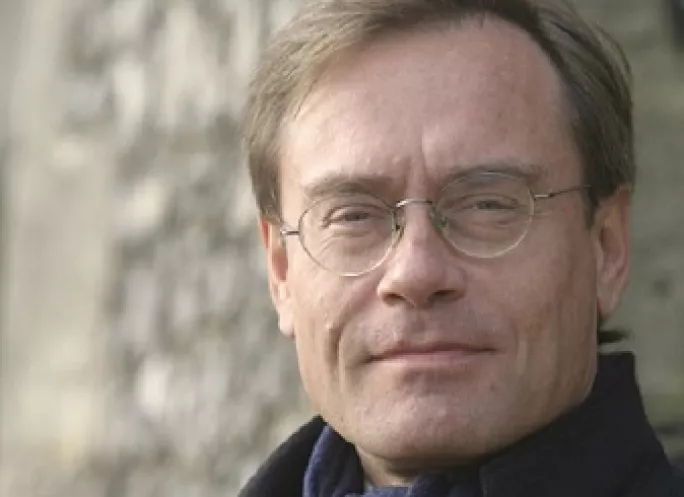Former head of Harrow: ‘Let’s hear no more about independent schools sitting in splendid isolation’
Barnaby Lenon, chairman of the Independent Schools Council and former head of Harrow School, writes:
Independent schools are often attacked for being elitist or sitting in ‘splendid isolation’. It is frustrating because we in the sector have known for years how keen we are to be good neighbours to local schools and communities and how much we contribute.
So while our schools have long been recognised for their educational excellence, we wanted to demonstrate our contribution to the British economy. For the first time, we have commissioned a rigorous and objective analysis to show just how enmeshed in the economy our schools are.
The research covers 1,205 ISC schools in England, Scotland and Wales and has been carried out by Oxford Economics, a world leader in economic impact analysis and forecasting, using robust and accepted modelling.
What will surprise many is just how significant an impact our schools have. We are collectively contributing £9.5 billion to the British economy each year - more than the city of Liverpool or the BBC.
And for every £1 that our schools contribute directly to the British economy, they generate 98p for the rest of the British economy through supply chain and wage consumption impacts.
Our schools support over 227,000 people in employment - equivalent to one in every 122 people in a job.
One of the criticisms of independent schools is that they shouldn’t have charitable status. But this report shows the huge contribution that independent schools make to HM Treasury. ISC schools are estimated to support £3.6 billion each year in tax payments to the Exchequer - the figure for the entire independent sector is £4.7 billion. And these figures are likely to be underestimates, given that no estimate has been possible of the VAT independent schools pay but can’t reclaim.
Oxford Economics’ findings are consistent with the “Charity Tax Map”, first published by the Charity Tax Group and the Nuffield Foundation in 2011, which set out in some detail the multiple different taxes that can affect charities. The report contains very detailed estimates of the amount and types of tax supported by the operations of independent schools. Income tax and NI contributions amounted to £2.1 billion, with more than half of this amount directly attributable to schools and their employees. Indirect taxes and corporation tax make up the balance.
And let’s not forget how much independent schools save the taxpayer. Without ISC independent schools, the taxpayer would be facing an increased bill of around £3 billion each year to educate all the pupils currently educated independently.
We also wanted to give a flavour of the wider contribution ISC schools make to their local communities. In some areas, our schools are the only major employer - for example, Millfield School in Street, Somerset, Giggleswick School in North Yorkshire and Sedbergh School in Cumbria.
There are the schools which are the mainstay of major arts and music festivals in towns like Portsmouth and Worcester, to which thousands of visitors flock. There is King’s School, Canterbury, whose sports centre is the town’s main leisure centre and has been made an NHS Centre for Excellence for stroke and cancer recovery treatment. There are schools in Yorkshire and the Midlands whose theatres offer the only entertainment hub for their communities.
There are the schools playing a leading role in renewal and regeneration, such as in Newcastle-under-Lyme, or schools whose building or maintenance projects have helped local companies survive the recession.
There are schools who make specialist educational provision for children with special needs. Our schools provide centres for specialist expertise and training for both state and independent teachers and provide places to local authorities who may not be able to fund a special needs school themselves.
Other specialist schools provide music and dance education. Admission is based on talent and potential regardless of income. Such schools set the highest standards nationally and internationally, producing the likes of Darcey Bussell, Jonathan Cope and Nicola Benedetti.
And of course, there are the unsung heroes of the day-to-day, week-in, week-out partnerships with local schools that over 90 per cent of our schools take part in - lessons in languages and science, English and maths; GCSE revision classes; aspiring to university workshops; sharing staff development and best practice, never mind the sharing of sport, music and drama.
So let’s hear no more about independent schools sitting in ‘splendid isolation’. Far from it. With one job in every 122 supported by our schools, we have never been less isolated. We are absolutely part and parcel of Britain - not just its education, but its economy too.
Keep reading for just £1 per month
You've reached your limit of free articles this month. Subscribe for £1 per month for three months and get:
- Unlimited access to all Tes magazine content
- Exclusive subscriber-only stories
- Award-winning email newsletters




